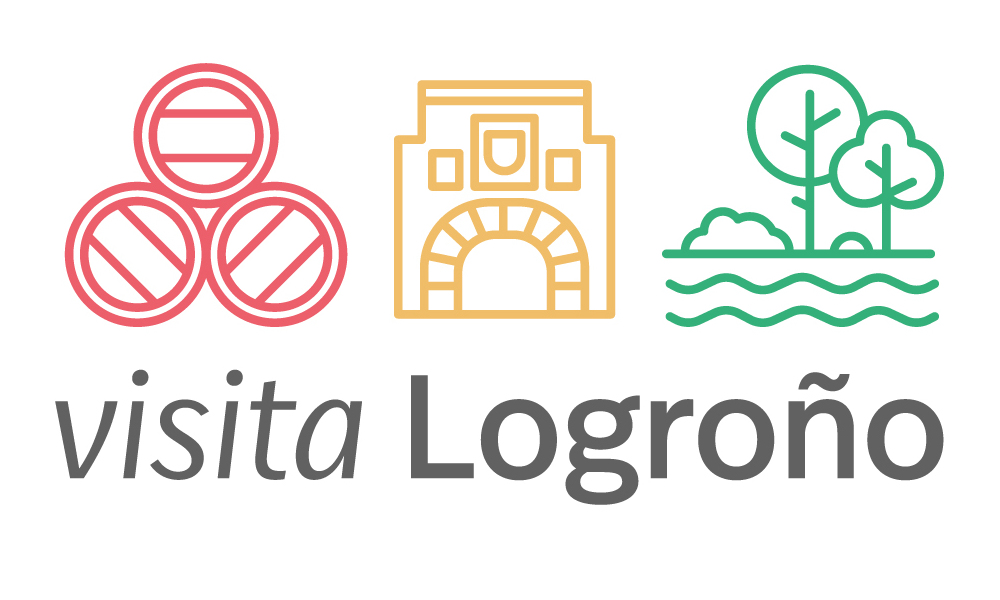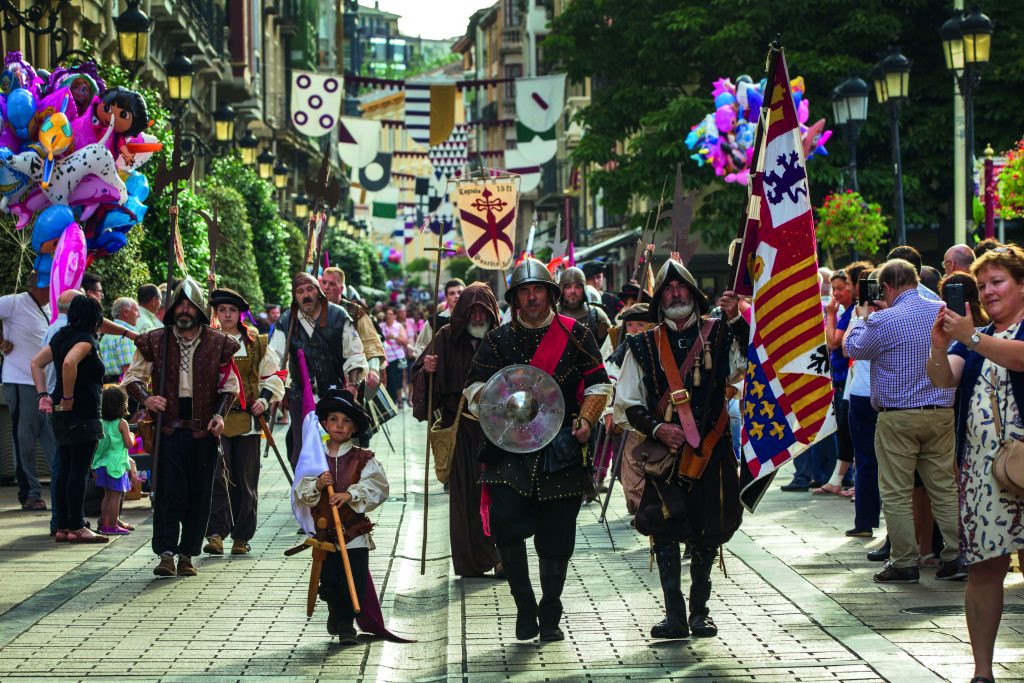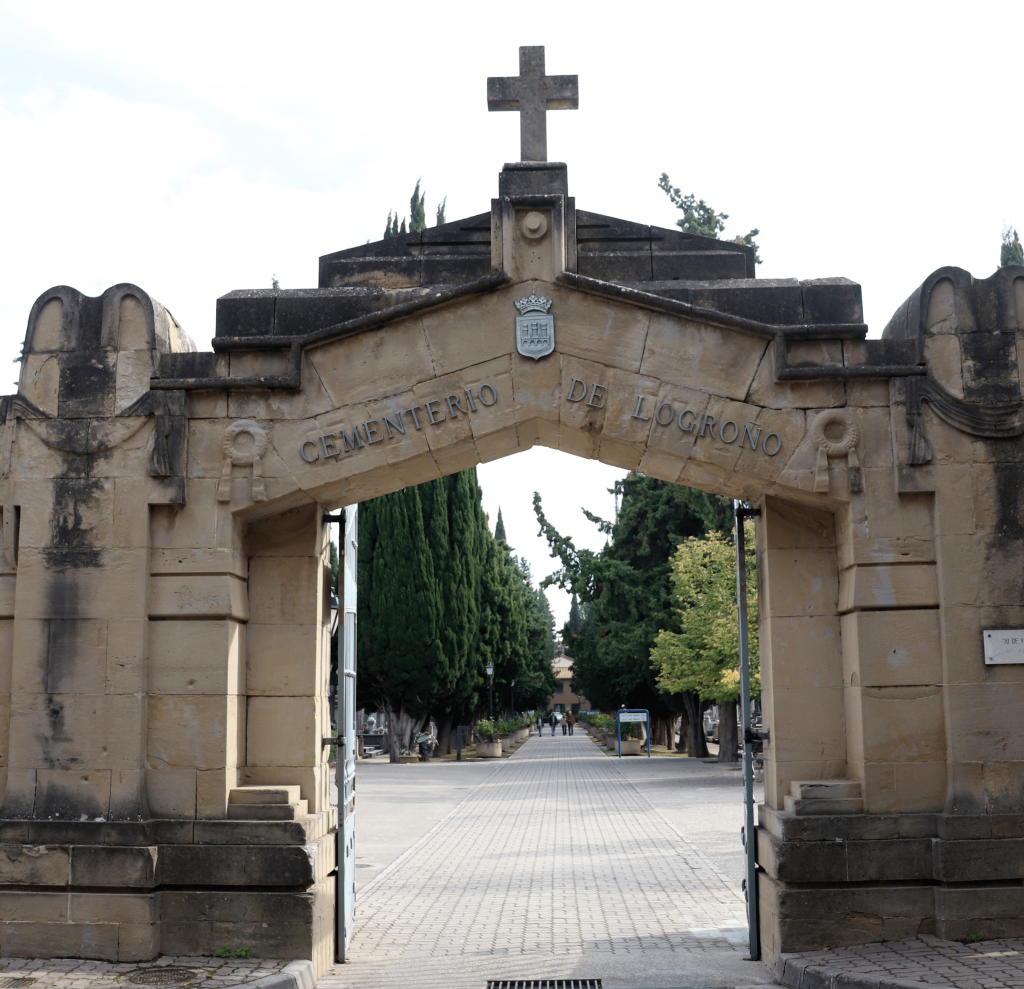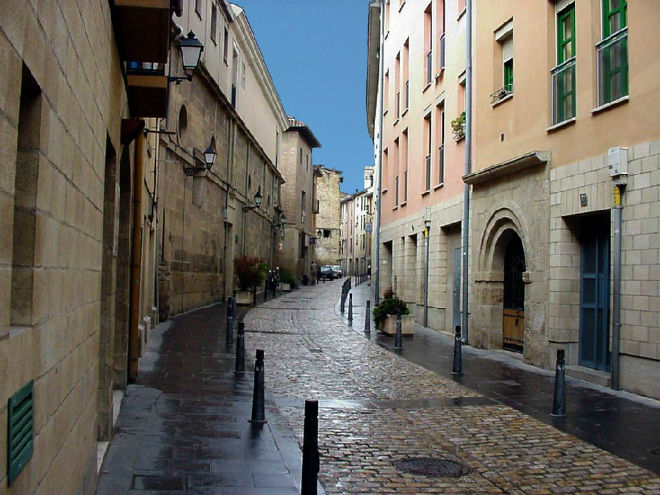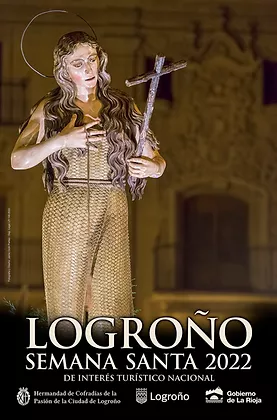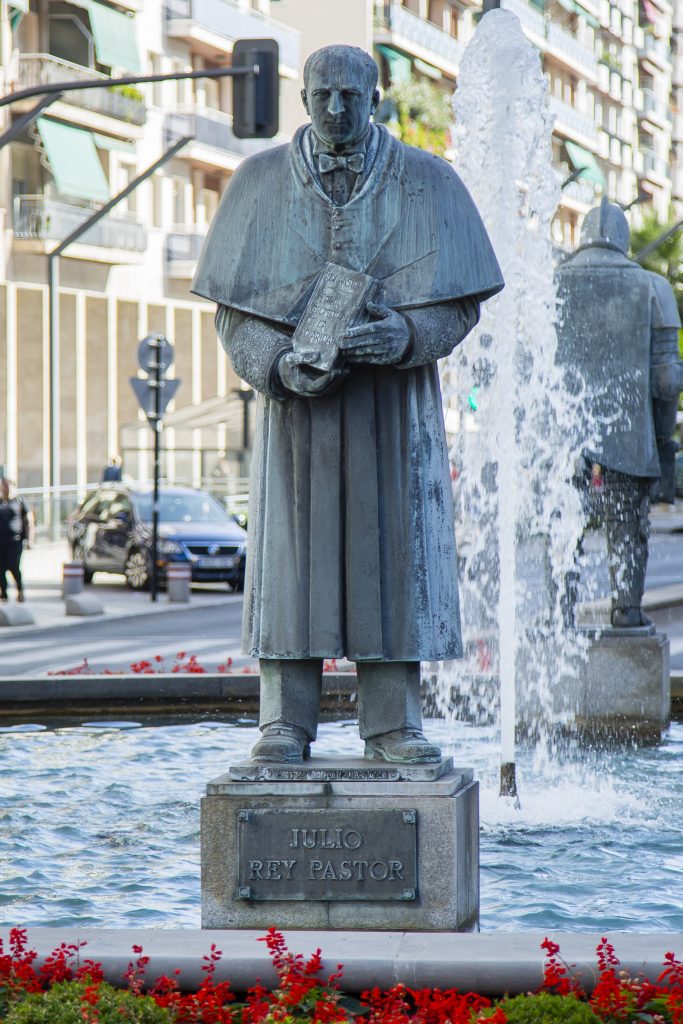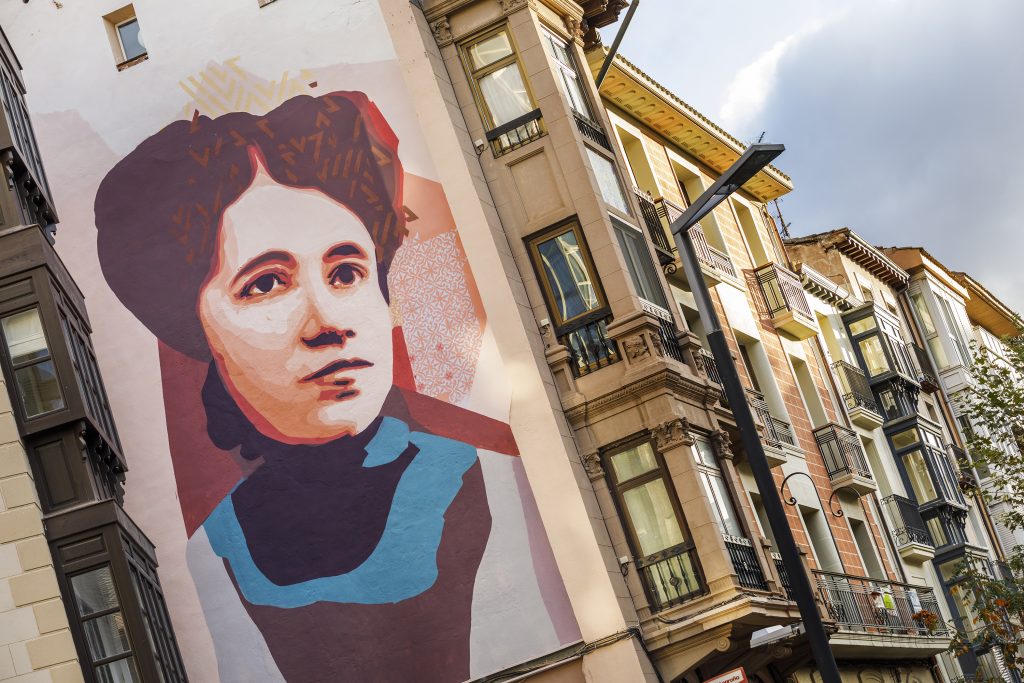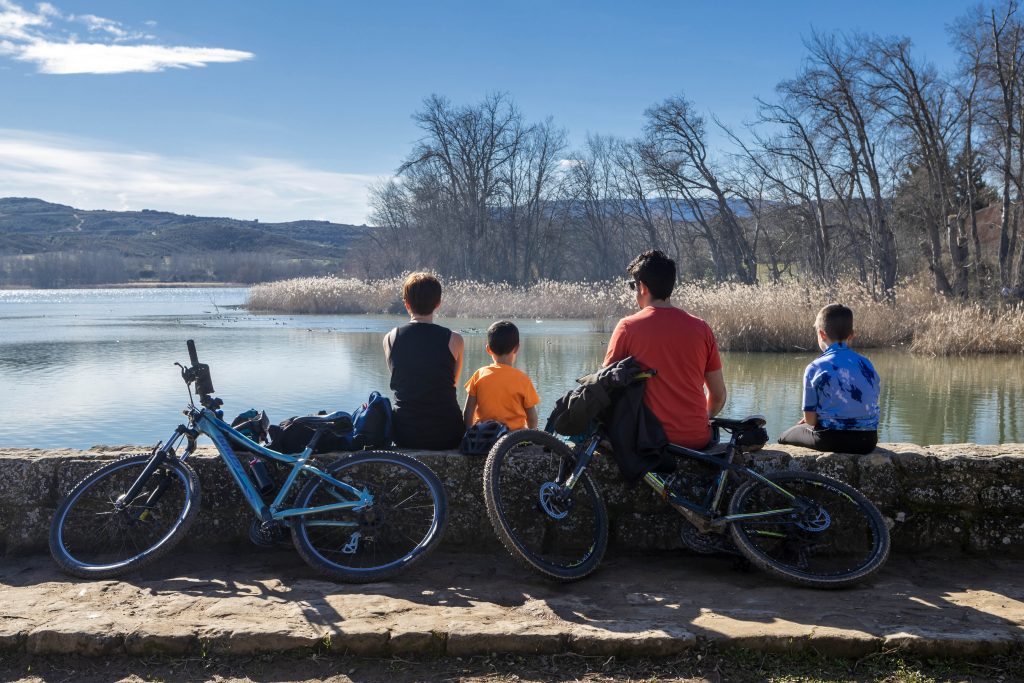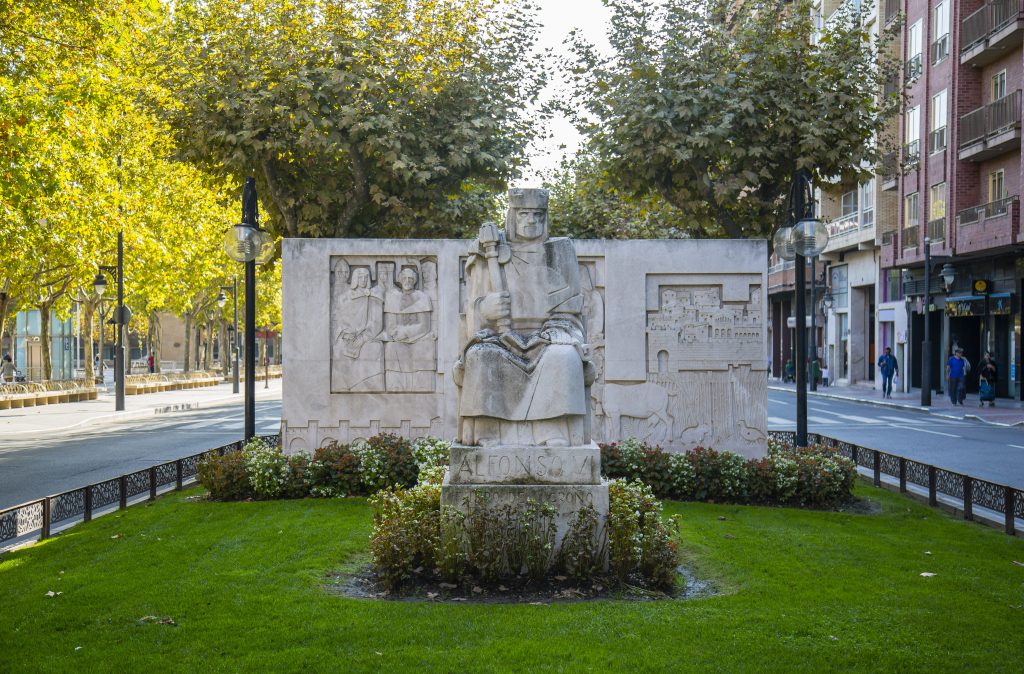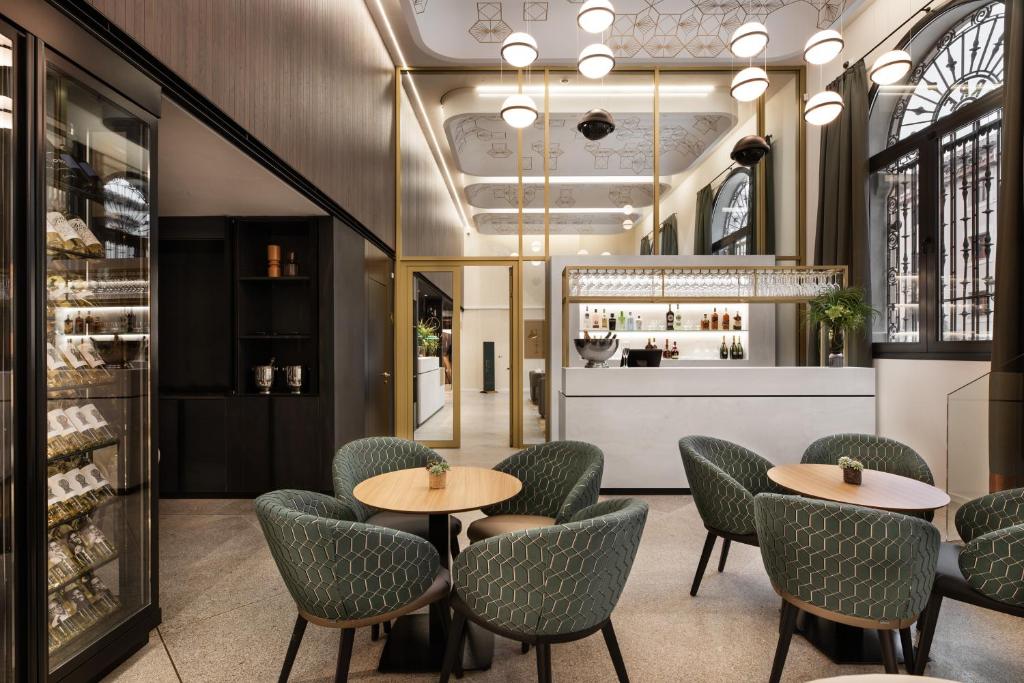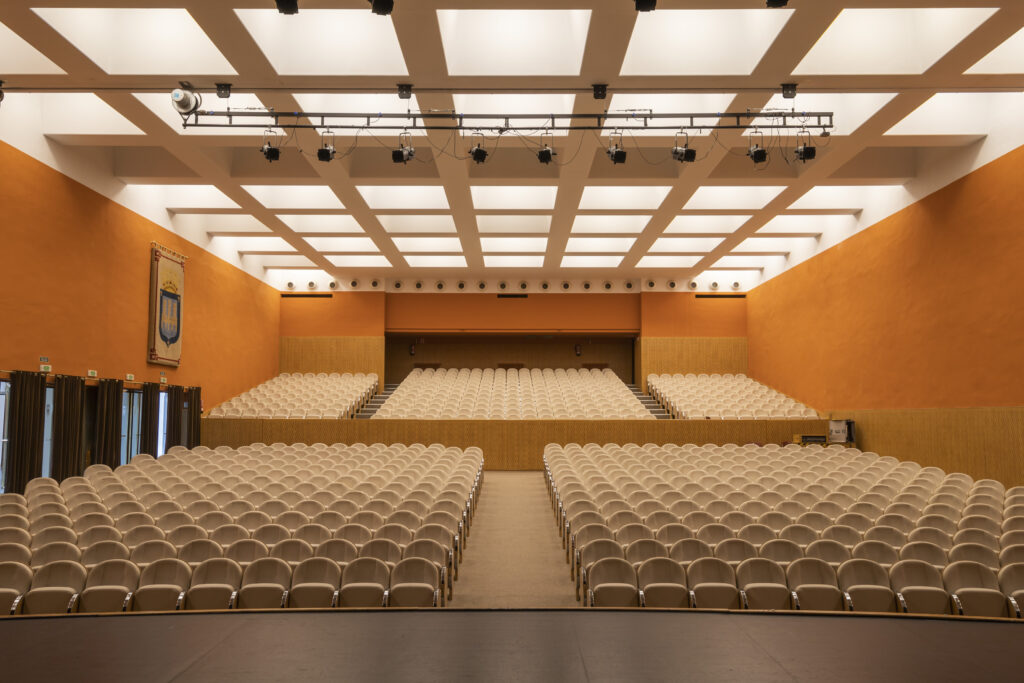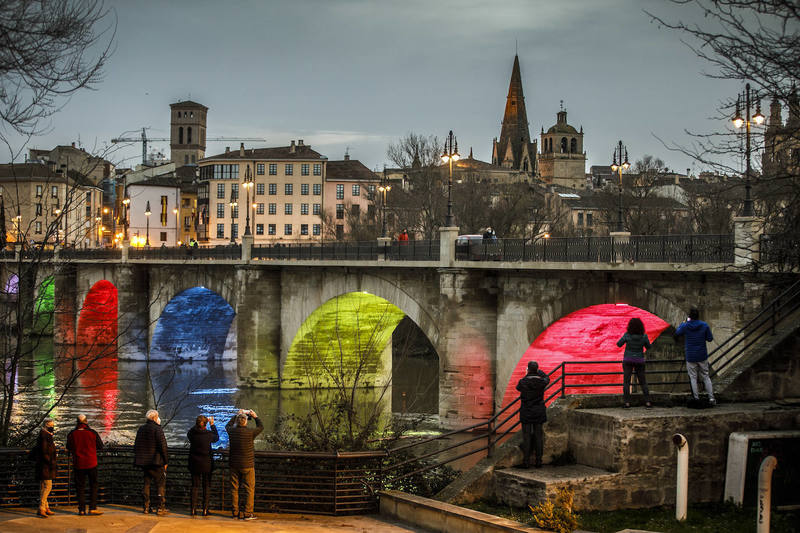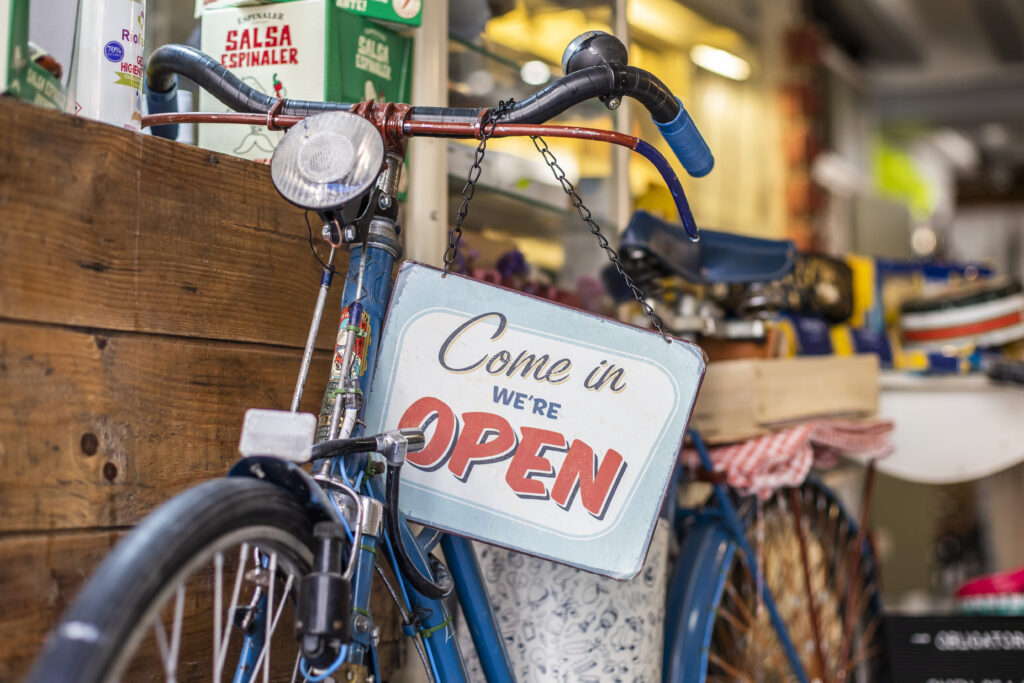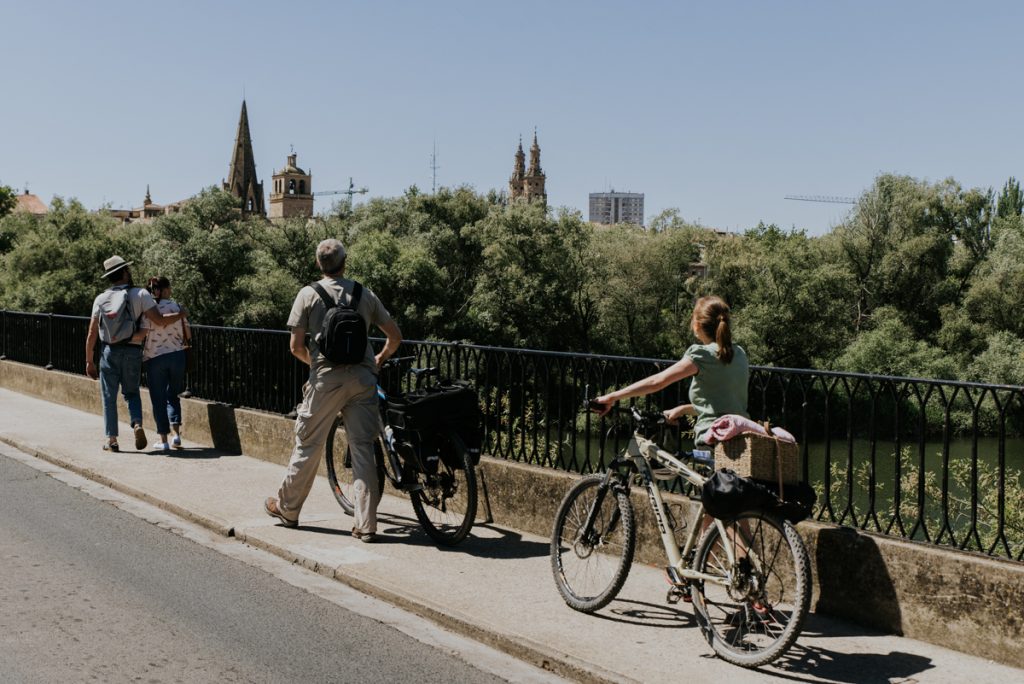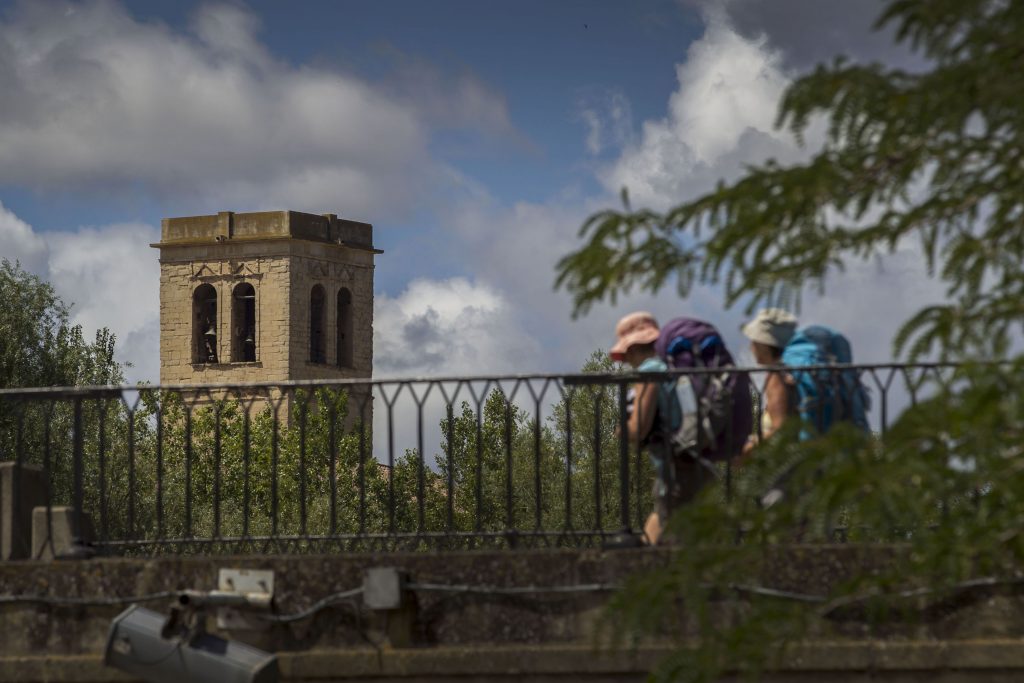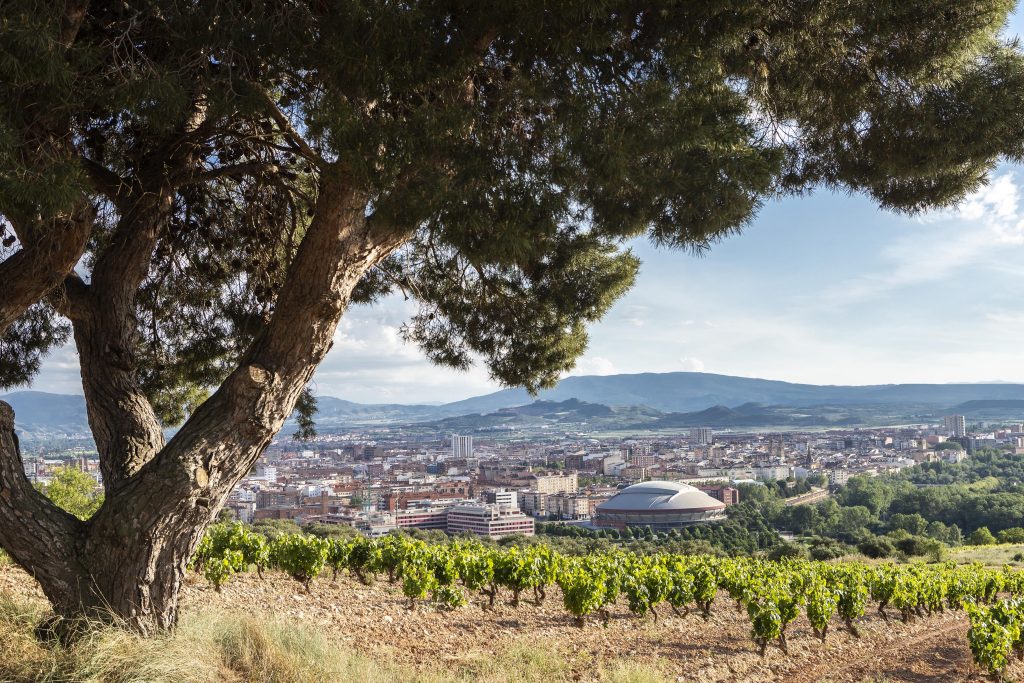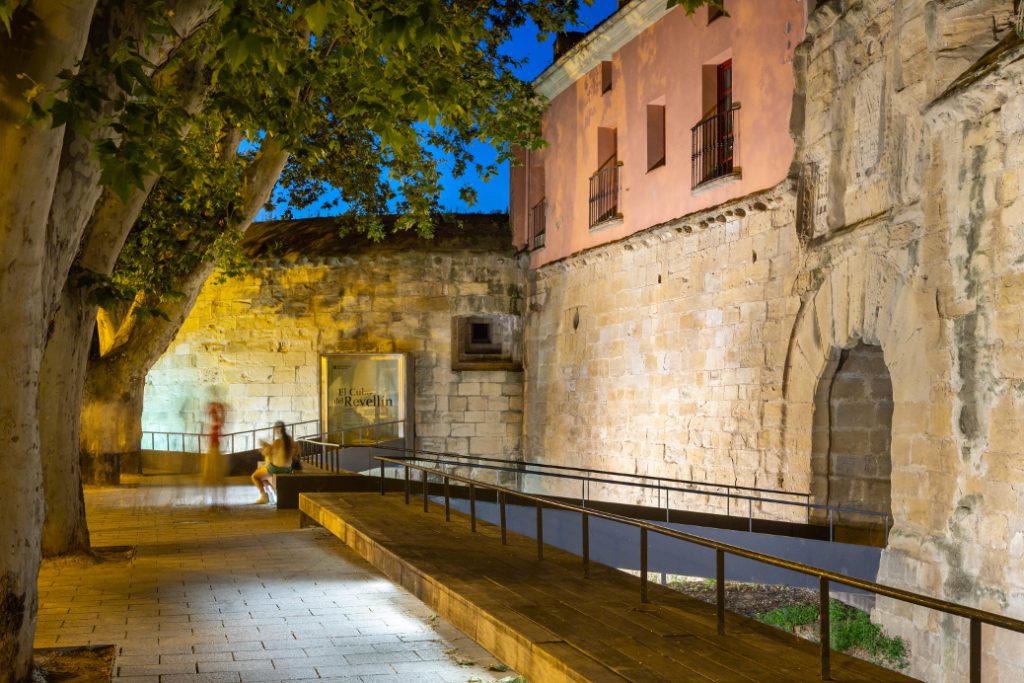What to see?
A welcoming city
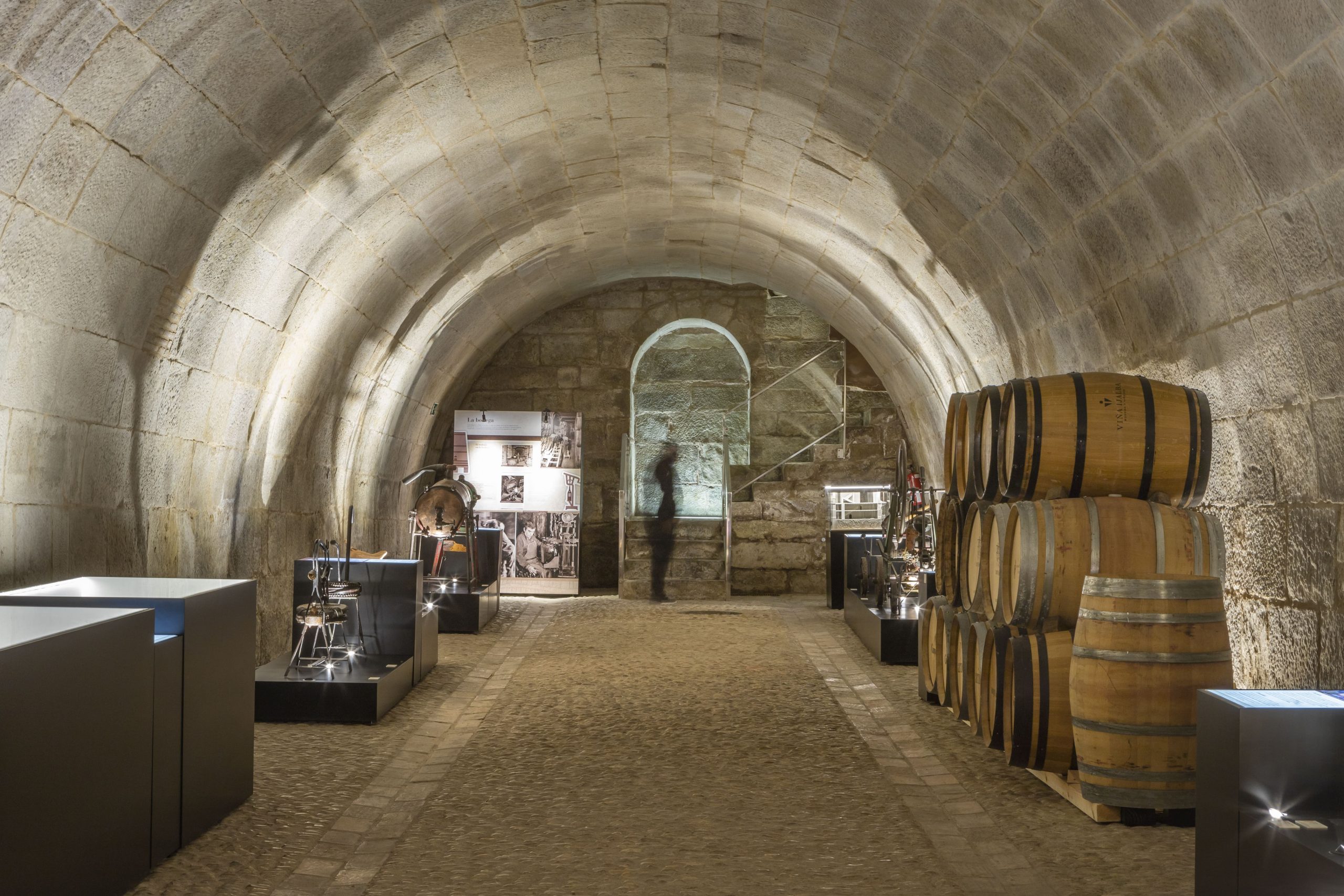
For once, let’s listen to the cliché that Logroño is linked to wine culture. But let’s pay attention to the word culture, let’s interpret it in a broad sense, because then many different Logroños will fit inside, always with the vine as master of ceremonies.
“There was a time when the vines were also wild and, deep in their heart, they still are”.
Inspiring tips
- Todos
- Cultural events
- Easter
- Festivals and traditions
- Festivals of great interest
- Halloween
- Heritage
- Illustrious character from Logroño
- Way of Saint James
Fiestas de San Bernabé. Esta festividad, que tiene lugar en honor al patrón de la ciudad, es un evento de gran relevancia declarado de Interés Turístico Nacional en 2015. Durante varios días, los logroñeses y visitantes se sumergen en un ambiente festivo repleto de actividades, representaciones históricas y, por supuesto, exquisita gastronomía.
The Logroño cemetery is an open-air museum that allows us to better understand some parts of the history of the capital of La Rioja.
We take a stroll through the old quarter of the capital of La Rioja following in the footsteps of the pilgrims who have been a constant presence in the city since the 11th century.
It is no coincidence that the Semana Mayor of the capital of La Rioja has been declared a Festival of National Tourist Interest. Here is everything you need to know about this exciting celebration.
Fifty years after his death, we follow the great mathematician Julio Rey Pastor through the streets of the city where he was born.
A large mural on the gutter between Laruel and Bretón de los Herreros streets is a well-deserved tribute to the writer and activist María de la O Lejárraga, one of the most unknown and fascinating characters of La Rioja.
- Todos
- Accommodation
- Cultural events
- Cultural visits
- Easter
- Families
- Festivals and traditions
- Festivals of great interest
- Halloween
- Heritage
- History
- Illustrious character from Logroño
- MICE
- Routes
- Shopping
- Transport
- Way of Saint James
Fiestas de San Bernabé. Esta festividad, que tiene lugar en honor al patrón de la ciudad, es un evento de gran relevancia declarado de Interés Turístico Nacional en 2015. Durante varios días, los logroñeses y visitantes se sumergen en un ambiente festivo repleto de actividades, representaciones históricas y, por supuesto, exquisita gastronomía.
The Logroño cemetery is an open-air museum that allows us to better understand some parts of the history of the capital of La Rioja.
We take a stroll through the old quarter of the capital of La Rioja following in the footsteps of the pilgrims who have been a constant presence in the city since the 11th century.
It is no coincidence that the Semana Mayor of the capital of La Rioja has been declared a Festival of National Tourist Interest. Here is everything you need to know about this exciting celebration.
Fifty years after his death, we follow the great mathematician Julio Rey Pastor through the streets of the city where he was born.
A large mural on the gutter between Laruel and Bretón de los Herreros streets is a well-deserved tribute to the writer and activist María de la O Lejárraga, one of the most unknown and fascinating characters of La Rioja.
Because of its history, nature, diversity, accessibility and, why not, its size, Logroño and the surrounding area is the perfect destination to enjoy a few days with your family.
Like any stop on the Camino, the capital of La Rioja has churches that are full of interest. Today we would like to take you on a tour of the city’s historic centre through its five best-known churches.
Even before it was founded, the capital of La Rioja was a place of passage where history has stopped on more than one occasion.
Logroño has a varied hotel offer with more than 2,000 beds. Hotels of all categories that offer the highest quality, both in their facilities and in their services.
Logroño is an ideal city for MICE tourism, with good facilities for organising congresses and an endless number of options to strengthen business links and improve team-building: from team wine tastings to excursions through the vineyards of La Rioja, as well as cultural visits and unique experiences that cannot be experienced anywhere else.
Main atracctions in the old town of Logroño.
The capital of La Rioja offers a wide range of activities to enjoy over the Constitution Day long weekend, there’s something for everyone, with special emphasis on the 500th anniversary celebration of the French siege of the city in 1521.
Logroño’s shopping streets have everything one would expect in a provincial capital, with the added value of preserving a series of hundred-year-old shops, often family-run, that still operate, resisting the ravages of time and history.
As is the case with any city that stands on a river, in Logroño there are lots of opportunities to enjoy both green areas and monuments, starting with the bridges themselves that allow you to cross from one side of the Ebro to the other.
Logroño has been a place of transit for centuries. Its privileged location in the Ebro valley made it an obligatory stop on the most important communication routes as early as the Middle Ages.
The siege of Logroño and the subsequent defeat of the Franco-Navarrese army by the local people forms part of the romantic myth of the city, but it also marked the beginning of its period of greatest splendour and the discovery of its European and cultural vocation.
“Con pan y vino se anda el camino” (With bread and wine you can walk the road), according to a popular saying. And Logroño is well served with excellent wines and even better roads.
The only true way to get to know a new city is to go into every street and detail.
The Revellín Cube and the Puerta del Camino (Way of St James Gateway), decorated with the arms of Carlos V and the city’s, are the only vestiges of the walls that fortified the city of Logroño and whose demolition began in 1861.
One thing that’s obvious is that Logroño is linked to wine culture. But let’s interpret “culture” in the broad sense, because then we will see many different Logroños, all focused on the vine.
All articles loaded
No more articles to load
